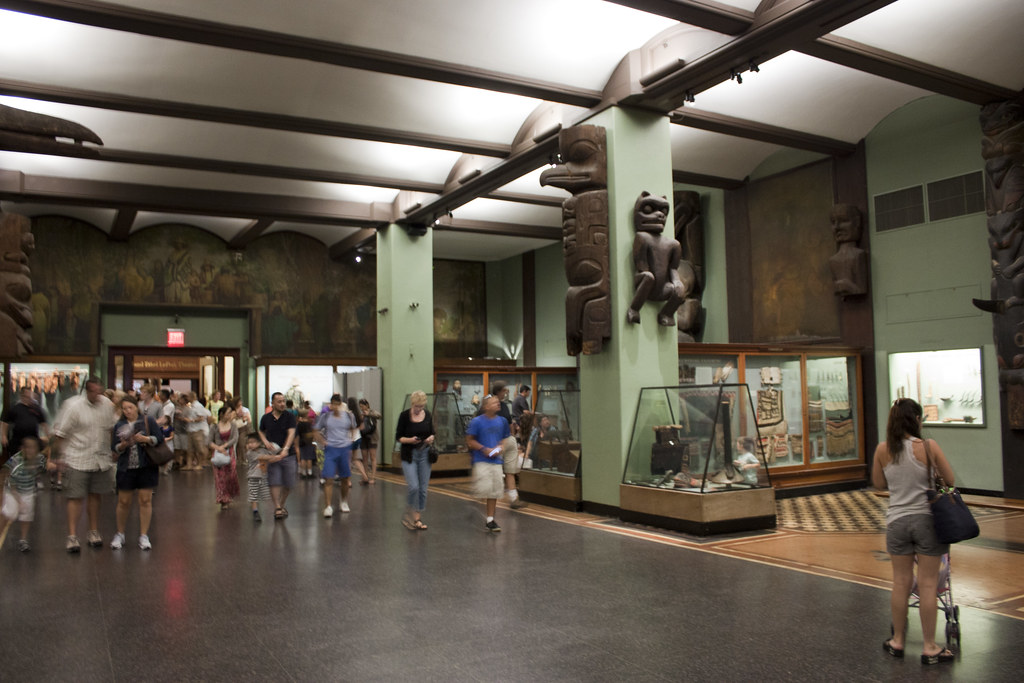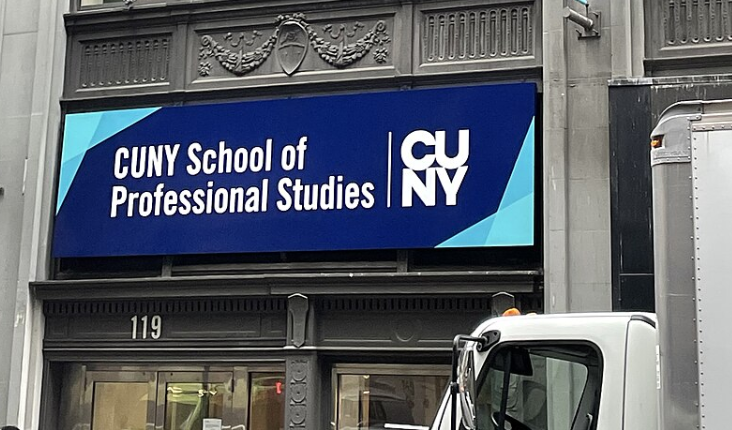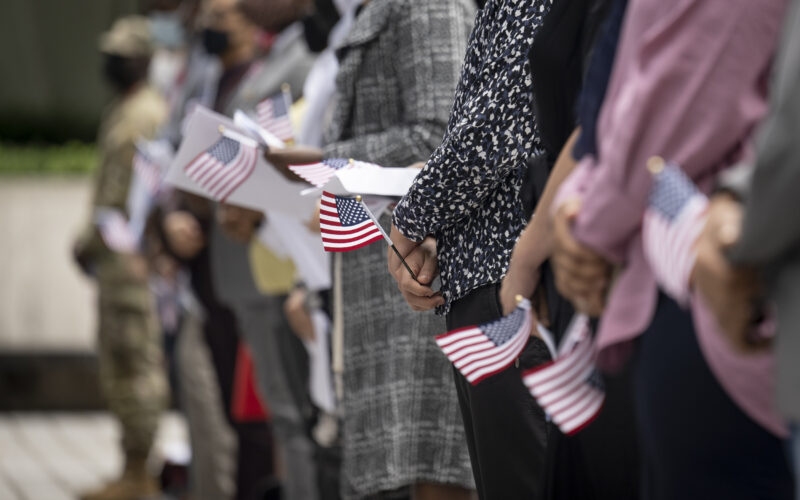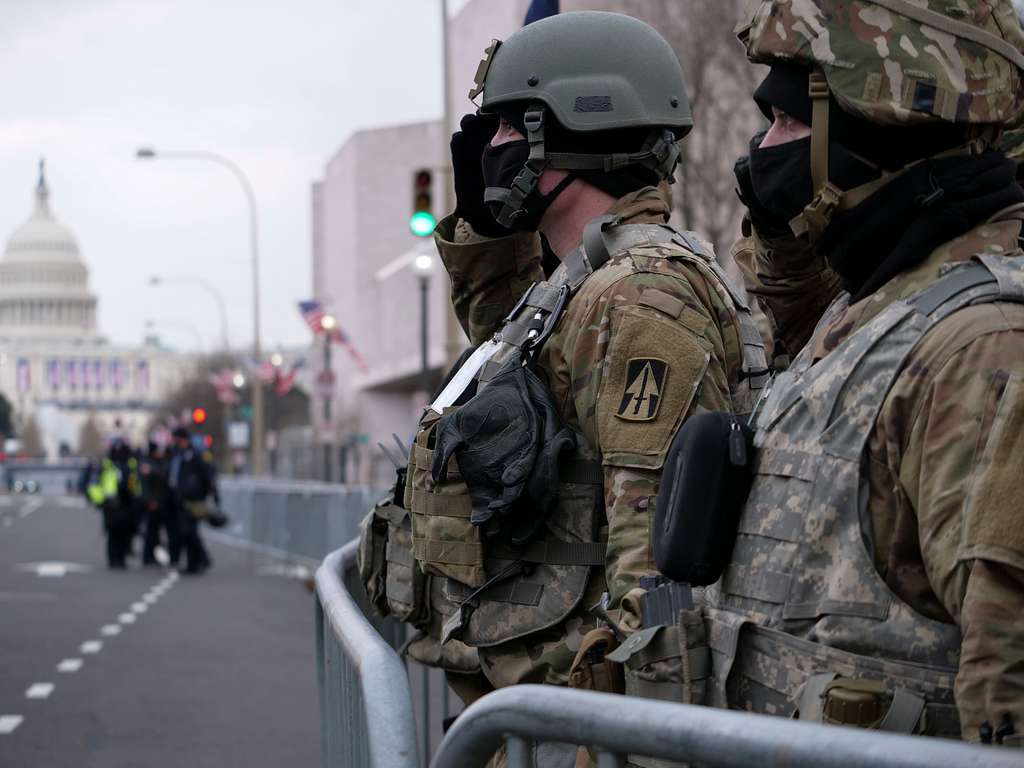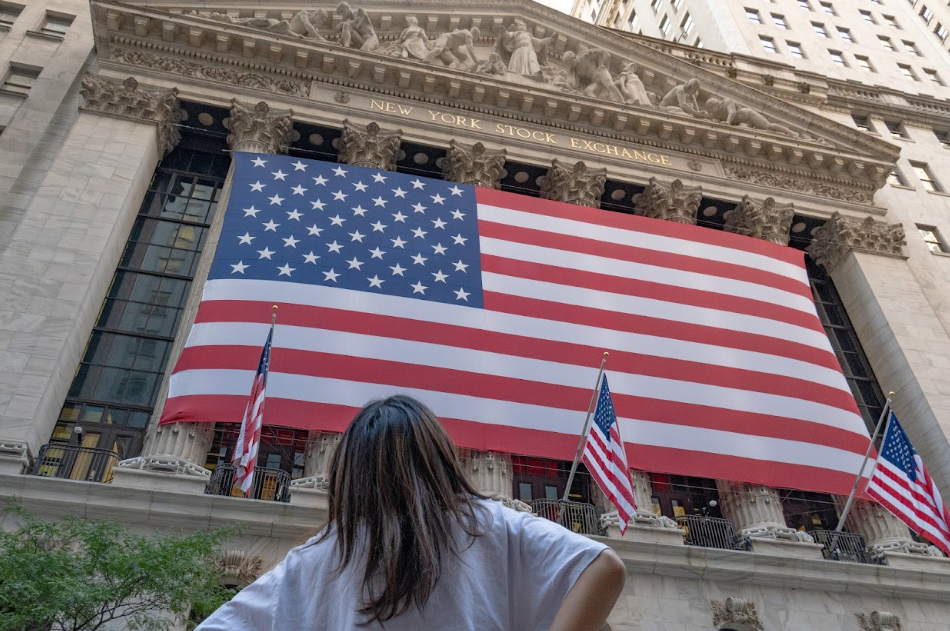The American Museum of Natural History is unjustly withholding Native American artifacts from the Wounded Knee Massacre despite a law that requires the return of cultural objects to the tribe they belong to.
In 1890, at least 300 people from the Lakota tribe were killed in the Wounded Knee Massacre by the United States Army for practicing a religious movement called the Ghost Dance. The victims were shot at and those not immediately killed were left to freeze to death from an upcoming blizzard.
The date was dreadful as army soldiers stripped the deceased bodies and kept their belongings as trophies.
The Repatriation Project is a racial justice initiative that works to expedite the return of Native American history to its rightful owners. They found that the AMNH is in the possession of children’s toys and possibly other belongings of those massacred, despite there being living Lakota descendants.
The museum must return these items to the Lakota tribe under the Native American Graves Protection and Repatriation Act — NAGPRA.
NAGPRA was passed in 1990 and requires federally funded agencies and museums to return cultural and funerary objects to the affiliated Native American tribe. Items must be returned “expeditiously” at the request of a tribe or organization or to “a known lineal descendant.”
Section 3005(b) of the act states that in the case of a scientific study, items must be returned within 90 days after the study is completed.
Museums that do not abide by this law may be given a civil penalty by the United States Secretary of the Interior.
However, this law gives excessive power to federal agencies and museums. Section 3005(b) is ambiguous, leading to the law being ineffective as researchers can keep artifacts for as long as they deem necessary.
“[NAGPRA] wasn’t crafted to be kind or help us along in our grieving process,” Alex White Plume, a former president and leader of the Oglala Lakota Tribe who led the tribe’s repatriation efforts in the 1990s, said.
“It was another attempt to keep us from getting our artifacts that were taken off dead bodies, and not only just at Wounded Knee, but it happened all across the Plains,” Plume continued.
Museums are required to send descriptions of items to tribes; however, because museums do not have enough cultural knowledge to identify these items, descriptions are often vague, creating a dissonance regarding what the artifact is and what tribe it belongs to.
Museums have a responsibility to communicate with tribes and bridge this dissonance. It should not take them decades to return items. It is unethical for the AMNH and other museums to hold onto items belonging to Native Tribes, especially ones that are evidence of genocide.
Native American Tribes need to have the opportunity to complete ceremonies for their ancestors with their historical remains.


